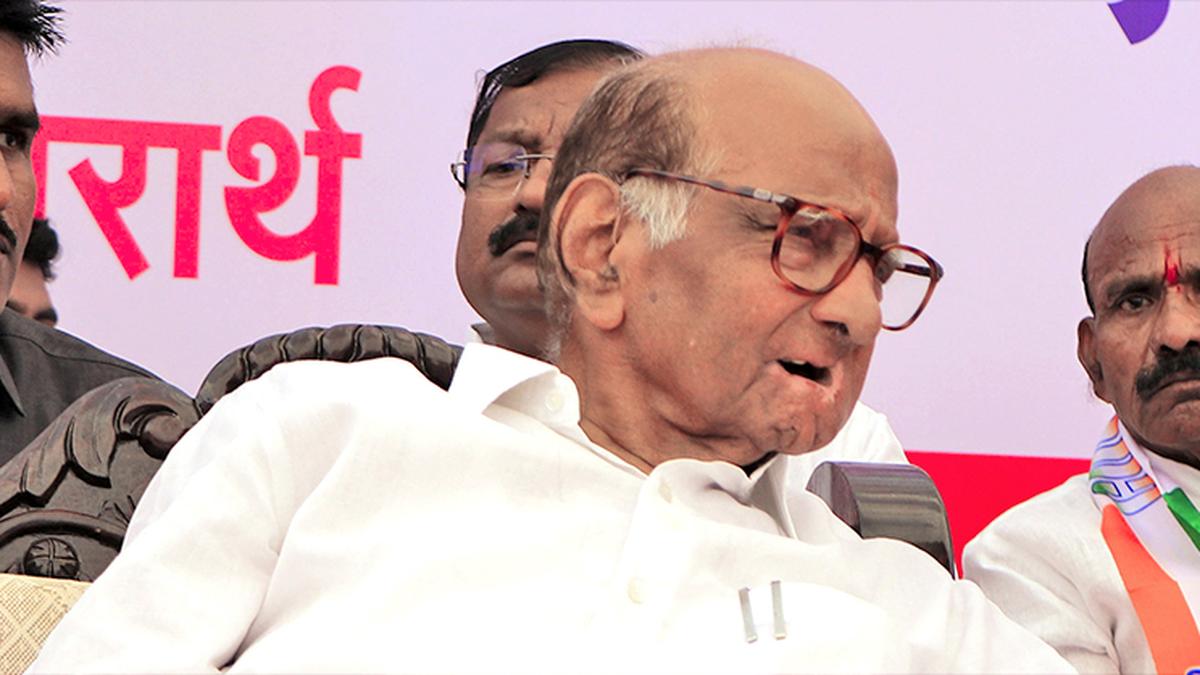It has been more than a week since 41 Indian construction workers were trapped inside a tunnel they were building in the Himalayan mountain ranges along India’s northern border. They are receiving food and water through a narrow pipeline, and authorities insist that they will be rescued, though it isn’t certain when.
Yet their predicament should cause Indian authorities to rethink how they approach development projects in the high Himalayas.
What caused the road tunnel they were excavating to collapse is unclear; it may have been a landslide, or that the structural integrity of the mountain had just been stressed more than it could handle. Certainly, digging another tunnel through the debris to extract the trapped workers hasn’t been straightforward; rescuers had to suspend activity a few days ago when they feared drilling could set off further collapses.
This is clearly an incredibly fragile part of the world, where large-scale development projects can only be conducted with the utmost caution. But that is not, I fear, how India has been approaching it of late.
For a combination of reasons – national security, political populism, the need to decarbonise India’s energy sources – the government has sharply accelerated its work in the region. And both this irreplaceable ecosystem and the lives of those who live and work there may be in danger. The highway the workers were building was part of a giant new network meant to connect four revered mountain temples more than 3,000m above sea level. These hilltop shrines have long been major destinations for pilgrims – and are prized in part precisely because of their inaccessibility. But Prime Minister Narendra Modi, whose populist politics often blends religious symbolism and large-scale development projects, was determined to build a 900km network of motorways so the temples could be reached all year round.
It isn’t just populism at work, though: The fact that India’s giant northern neighbour has built a dense supportive infrastructure alongside its side of the disputed border is another motivation. Indian and Chinese troops have regularly clashed in the Himalayas, and relations have deteriorated sharply since 20 Indian soldiers were killed in one such skirmish in 2020.
When India’s Supreme Court intervened to reduce the width of some new stretches of mountain road, the defense ministry insisted that they needed to be at least 10m wide, presumably so that they could more effectively ferry troops and armor to the border. India is at a disadvantage here: Its side of the border is jagged, rough country. Chinese troops, meanwhile, have a smoother ride up to their side, since it’s relatively easier to built roads and rail on the Tibetan plateau.
Finally, the need to diversify energy sources away from fossil fuels has pushed Indian authorities into building and expanding hydroelectric projects elsewhere in the Himalayas, particularly in the country’s northeast.
Hydroelectric power was once a crucial source of energy when India was freshly independent, 70 years ago: Our first prime minister, Jawaharlal Nehru, famously called big dams ‘the temples of modern India’. But its share in the energy mix declined sharply when dams fell out of fashion in the 1990s, falling from 25% in 2000 to 11.7% in 2022.
It’s only now that Indian authorities are trying to once again harness the streams and rivers that rush down from the Himalayas. India generates only about 30% of the hydropower it could, compared to 80% in the United States.
Climate change makes hydropower more necessary; but it also makes building new projects much harder. The weather is warming, and storms are becoming more common. Flash floods erode the earth that supports tree cover; and treeless slopes are more prone to devastating landslides.
On Oct 28, construction of a major hydroelectric power project in the north-east had to be shut down because of a landslide that blocked the last tunnel that diverted river water around the construction area; eight previous such tunnels had already been blocked by landslides. The project had been much anticipated, and planned for a full two decades before work started recently.
And a few weeks before that, flash floods washed away a large dam near India’s border with Bhutan. Multiple power stations that depended on the river Teesta had to be closed. Each time this happens – and it’s happening, clearly, far too often – the cost of capital for new projects gets higher, and financial closure more difficult to achieve.
Policymakers need to take a step back and re-evaluate their approach.
Few want the Himalayas to be left entirely untouched. But, certainly, something has gone wrong with either the scale, the planning or the execution of public works in the mountains.
We risk sending costs spiraling, and causing irreparable damage to a unique ecosystem – alongside, I fear, large-scale loss of life. Build in the Himalayas, sure. But build a bit more carefully.











